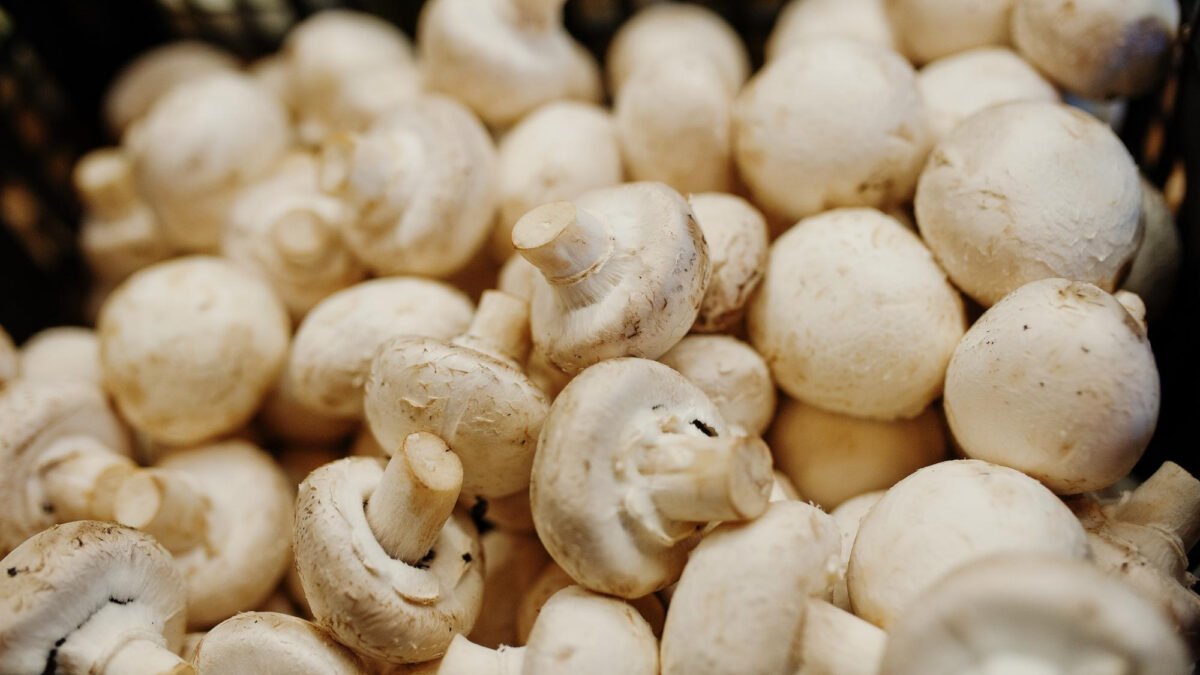Disclosure: Small Business Philippines strives to provide relevant and accurate information in all its articles. However, some information in our articles may differ or might be outdated from what you can see or read directly from the establishments’ or businesses’ websites. Please get in touch with us directly for any discrepancies.
If you’re an entrepreneur or a business owner, you might be wondering why you should consider starting a mushroom farm in the Philippines. Well, there are several compelling reasons to do so:
- When and Where to Start Your Mushroom Farm
-
How to Start Your Mushroom Farm - Step-by-Step Guide
- Step 1: Research and Learn
- Step 2: Create a Business Plan
- Step 3: Choose the Right Mushroom Species
- Step 4: Set Up the Growing Area
- Step 5: Source Quality Spawn
- Step 6: Prepare the Substrate
- Step 7: Initiate Mushroom Cultivation
- Step 8: Monitor and Maintain
- Step 9: Harvesting
- Step 10: Marketing and Selling
- Tips and Examples for Successful Mushroom Farming
- Key Takeaways
Growing Demand
The demand for fresh, locally grown mushrooms is on the rise in the Philippines, driven by the increasing interest in healthy and sustainable food options.
Profitability
Mushroom farming can be a lucrative venture with relatively low startup costs and a high yield potential.
Sustainable Farming
Mushrooms are environmentally friendly as they can be grown using organic waste materials, making them a sustainable agricultural choice.
Diverse Cultivation Options
You can choose from a variety of mushroom species to grow, each offering unique flavors and culinary uses.
When and Where to Start Your Mushroom Farm
Timing and location are crucial factors for a successful mushroom farm. Here’s what you need to consider:
Seasonality
While mushrooms can be grown throughout the year, certain species may have specific growing seasons. Research the ideal time for your chosen mushroom variety.
Indoor vs. Outdoor Farming
Decide whether you’ll cultivate mushrooms indoors, outdoors, or in a controlled environment like a greenhouse. Factors like climate and space availability will influence your choice.
Accessibility to Raw Materials
Ensure easy access to raw materials like straw, sawdust, or compost, which are essential for mushroom cultivation.
How to Start Your Mushroom Farm – Step-by-Step Guide
Now, let’s get into the nitty-gritty of starting your mushroom farm. Follow these steps for a smooth and successful venture:
Step 1: Research and Learn
Familiarize yourself with different mushroom species, their cultivation requirements, and potential markets. Attend workshops or seek guidance from experienced mushroom farmers.
Step 2: Create a Business Plan
Outline your farm’s objectives, target market, budget, and marketing strategy. A well-thought-out business plan will be your roadmap to success.
Step 3: Choose the Right Mushroom Species
Select the mushroom species you want to grow based on factors like demand, growing conditions, and personal preferences.
Step 4: Set Up the Growing Area
Prepare the growing area by ensuring proper ventilation, lighting, and temperature control. Sterilize the substrate to avoid contamination.
Step 5: Source Quality Spawn
Obtain high-quality mushroom spawn from reputable suppliers to ensure a healthy and productive crop.
Step 6: Prepare the Substrate
Mix the mushroom spawn with the chosen substrate, such as compost or sawdust, in a clean environment.
Step 7: Initiate Mushroom Cultivation
Transfer the substrate and spawn mixture into the growing containers and place them in the designated growing area.
Step 8: Monitor and Maintain
Regularly monitor the growing conditions, moisture levels, and temperature to ensure optimal mushroom growth.
Step 9: Harvesting
Harvest the mature mushrooms carefully, leaving the tiny ones to grow further.
Step 10: Marketing and Selling
Create a marketing strategy to sell your freshly harvested mushrooms to local markets, restaurants, or directly to consumers.
Tips and Examples for Successful Mushroom Farming
To boost your chances of success, here are some valuable tips and examples:
1. Maintain Hygiene
Keep your growing area clean and sanitized to prevent contamination and diseases.
2. Start Small
Begin with a manageable scale and gradually expand as you gain experience and confidence.
3. Market Innovatively
Consider value-adding your mushrooms, like creating mushroom-based products, to stand out in the market.
4. Build Networks
Connect with other mushroom farmers, local markets, and restaurants to establish valuable business connections.
Key Takeaways
Starting a mushroom farm in the Philippines in 2023 can be a profitable and sustainable venture. With the growing demand for fresh and locally grown mushrooms, a well-planned business strategy, and careful cultivation, you can embark on a successful journey in the world of mushroom farming. Remember to continuously learn, adapt, and market innovatively to thrive in this competitive industry. So, put your plan into action, cultivate your passion for mushrooms, and watch your mushroom farm flourish!
Ready to begin your mushroom farming journey? Don’t wait any longer. Research, plan, and start cultivating delicious mushrooms today. Embrace the benefits of mushroom farming, contribute to sustainable agriculture, and tap into the rising demand for these healthy delights!



